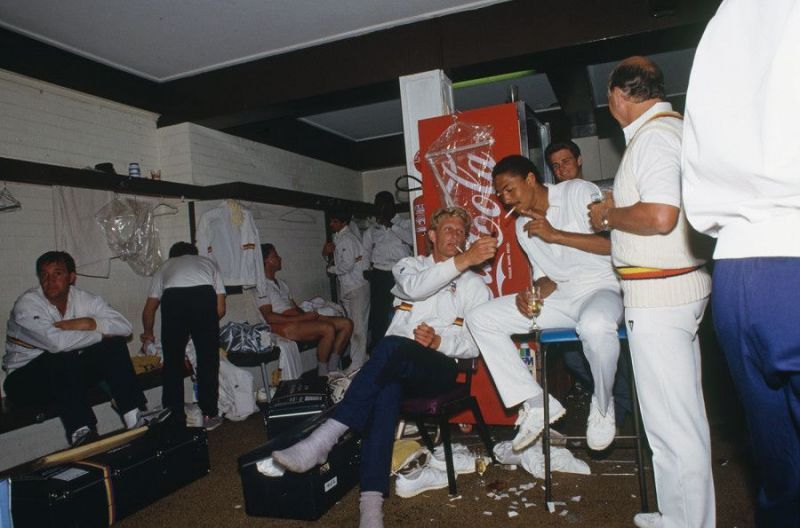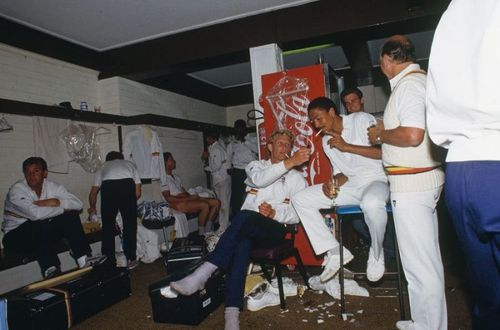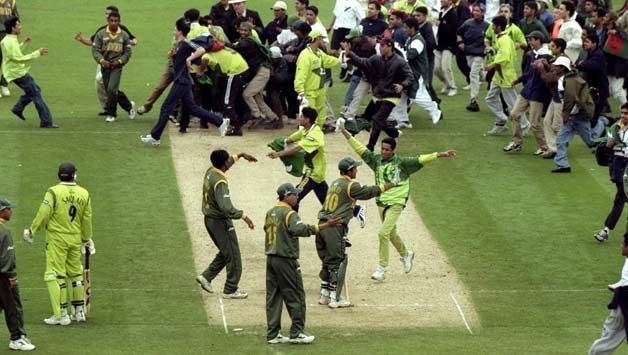
What are the top four things that we don't see in cricket these days?

Change, however painful or joyous it might be, is the only constant in life. It is also a reflection of our progression in life.
Sports, and especially cricket, bear no exception to the aforementioned fact.
From timeless Tests and World Series Cricket to the razzmatazz of T20 and now the recent push for a 100-ball format, cricket has come a long way during the course of the past 100 years.
However, with time, a plethora of things that we were so accustomed to watching 10-15 years ago have become things of the distant past--none more obvious than triangular or multi-national ODI tournaments.
The mid-80s and the decade of 90s saw teams compete in various multi-national tournaments like Hero Cup, Independence Cup, Austral-Asia Cup or the multiple soft-drink sponsored tri-series in Sharjah, mostly involving India and Pakistan as the two participants.
At the turn of the century, only England and Australia would feature a tri-nation tournament in their home calendars. However, with the onslaught of extra-long ODI and T20 bilateral series, even that withered away - England staged their last home tri-series back in 2005.
Like the tri-nation and multi-nation tournaments, there are a plethora of things that we do not see in cricket these days. Here are the top four of those things.
#4 Crowd invasions on the cricket field

These days, teams or batsmen don't have to worry about over-enthusiastic crowds invading their celebratory moments. Consequently, fans have borne witness to some of the most iconic celebratory routines by cricketers - lik Darren Sammy's 'baby-dance' every time he takes a wicket or David Warner's 'jump' after scoring a century.
But until as early as the start of the 21st-century, the first thought the players had upon reaching a milestone was to make sure no spectator embarrassed them with a hug or touching their feet.
Take for instance Kapil Dev's sensational catch to dismiss Viv Richards in the 1983 World Cup final. By the time he had realized that he had pulled off a stunner, he'd already been mobbed by an enthusiastic Indian crowd.
Or recall Anil Kumble's catch to defeat Pakistan in the 1999 World Cup. Rather than celebrating the win, the first thing he and other players did was rush off the field anticipating a ground invasion.